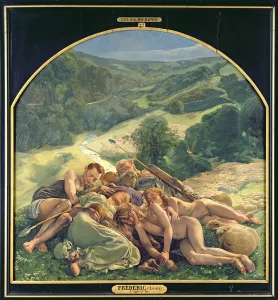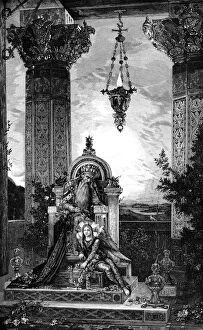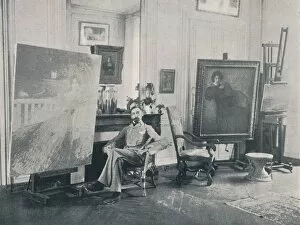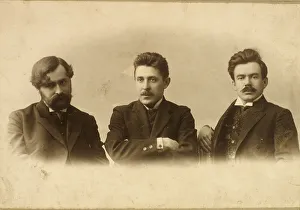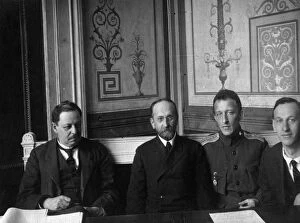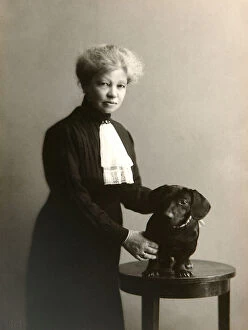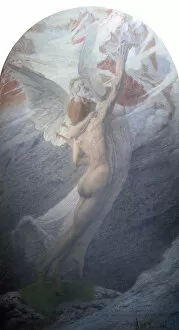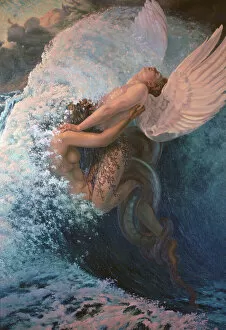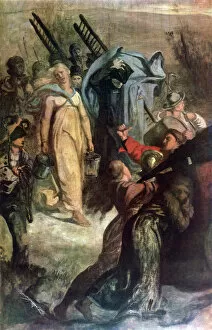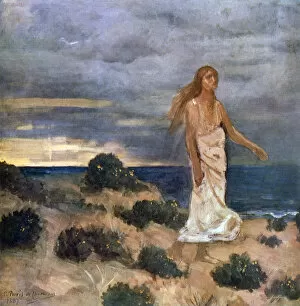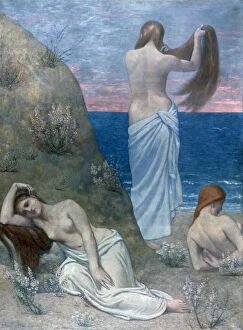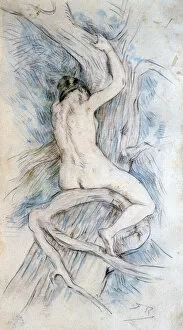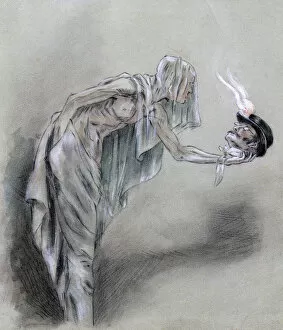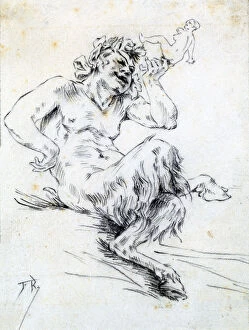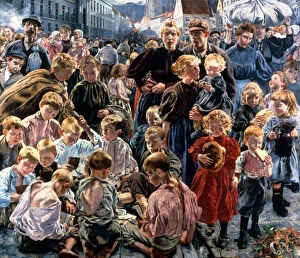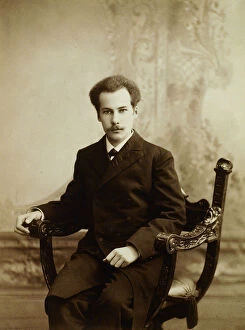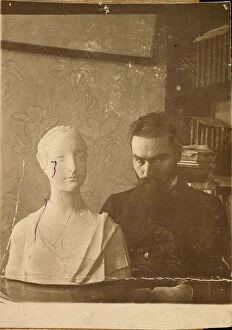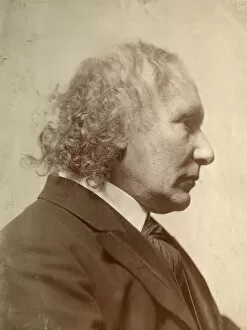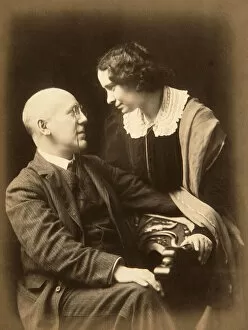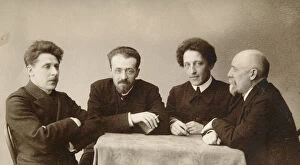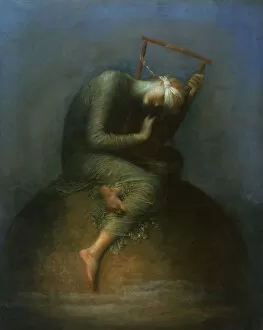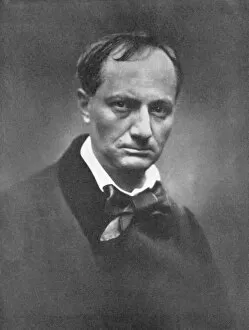Symbolist Collection (page 25)
"Symbolist: Unveiling the Hidden Meanings in Art and Literature" Step into the enchanting world of Symbolism
All Professionally Made to Order for Quick Shipping
"Symbolist: Unveiling the Hidden Meanings in Art and Literature" Step into the enchanting world of Symbolism, where art becomes a language that speaks to our subconscious. From Gustav Klimt's mesmerizing masterpiece "The Kiss, " with its golden embrace capturing love's ethereal essence, to the haunting wood engraving "Death as Assassin, " which confronts mortality head-on, these artworks transport us to a realm beyond reality. In Laurits Andersen Ring's "Breakfast with the Morning Newspaper, " we witness a quiet moment frozen in time, inviting us to reflect on the fleeting nature of existence. The enigmatic figures of Arthur Rimbaud and Charles Baudelaire emerge from their poetic realms, leaving behind words that ignite our imagination and challenge societal norms. As we delve deeper into this artistic movement, we encounter Vienna Secessionists like Gustav Klimt himself, surrounded by fellow visionaries who dared to break free from traditional constraints. Their rebellious spirit is embodied in "A Garland for May Day, " an emblematic call for social change and equality. Don Quixote's encounter with Death echoes through centuries as an allegory for mankind's eternal struggle against adversity. Meanwhile, Narcissus gazes at his own reflection in watercolors—a poignant reminder of self-obsession and introspection. Beyond visual arts, symbolism permeates other aspects of life. Winston Churchill emerges as a symbol of resilience during World War II—an iconic figure wielding both power and vulnerability amidst chaos. And in "The Playing Boys, " innocence intertwines with mischief on canvas—reminding us not to lose touch with our inner childlike wonder. Symbolism invites us to decipher hidden messages within each stroke or word—to explore depths beyond what meets the eye. It challenges conventions while embracing ambiguity; it stirs emotions while provoking thoughts.

